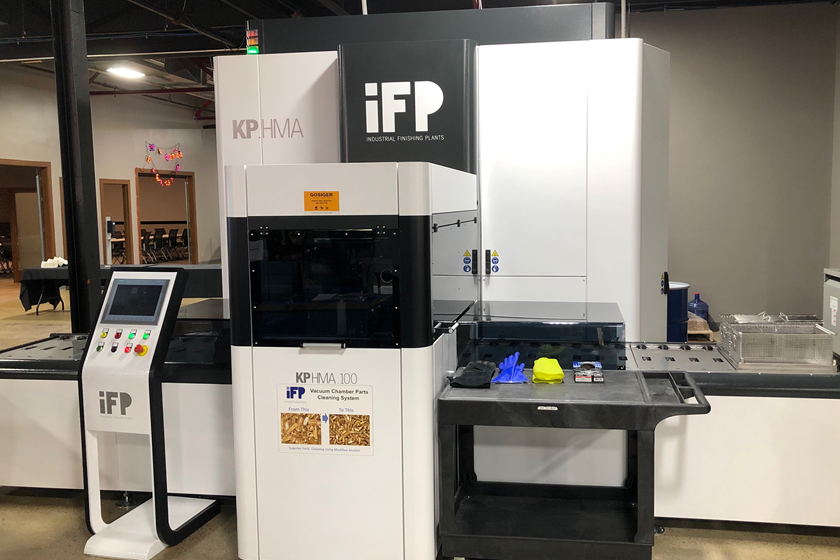Q. I have a use for anodized aluminum in a process that exposes it to high temperatures (greater than 100°C). After anodizing, the parts are annealed at 100°C. Most of the time they will withstand this process without damage, but sometimes the anodic coating cracks. I would like to ensure that they never crack at 100°C. I suppose there is a certain combination of alloy, finish and anodizing methods that would allow a stable coating at these temperatures that won’t crack. Do you have an idea of what these general parameters would be? M.B.
A. You don’t say what type of anodizing it is, or the coating thickness. Nevertheless, I’m sorry to be pessimistic, but you probably will not be able to ensure no cracking (crazing) of the anodic coating when heating and cooling the parts. The thermal expansion coefficient is very different for aluminum and aluminum oxide. Hence the crazing of the coating when anodized parts are heated and cooled.
There seems to be a critical point in the temperature cycle where the crazing occurs, but it doesn’t always happen at that point. That temperature seems to be around 105°C. Anodic films have been tested for crazing up to 150°C. No crazing occurred on the rise, but there was crazing as the temperature was lowered. Again, at around 105°C. The susceptibility to crazing is also determined by the anodic coating thickness and how well it was sealed.
Unsealed coatings craze less than sealed coatings. Partially sealed coatings will craze more than unsealed coatings, but less than well sealed coatings.
Less film thickness will generally result in less crazing. If the coating thickness is restricted to less than 3 µ and the sealing time is minimal, these conditions give the best possibility of reducing, or perhaps even eliminating, crazing. Type I (chromic acid) anodizing probably fits this profile better than other anodic coatings on aluminum. This is mostly because this type of anodizing produces a very thin anodic film.
It’s possible that anodic coatings produced in higher electrolyte temperatures and lower current density may reduce the incidence of crazing. Ambient conditions of higher relative humidity usually result in less crazing than conditions of low relative humidity when parts are subjected to the temperature cycling you describe. So a coating might craze on a day, or in ambient conditions, with higher temperatures and low relative humidity, and when those conditions change to lower temperature and/or higher relative humidity, the crazing may disappear. Alloy probably has little or nothing to do with crazing although the amount of crazing might be different for the same coating produced on two different substrates such as a wrought sheet product versus a casting. And different types of castings may be affected differently.
RELATED CONTENT
-
My company fabricates aluminum and steel pedestrian bridge railing among other bridge parts. We recently got an aluminum railing job that called for “Type I” anodizing per MIL-A-8625. There was no anodic coating thickness called out. We are not anodizers and we are at a loss as to how to write up a meaningful anodizing specification for this railing.
-
How it’s produced, NSS testing and how to get the best results possible.
-
Types of anodizing, processes, equipment selection and tank construction.
















